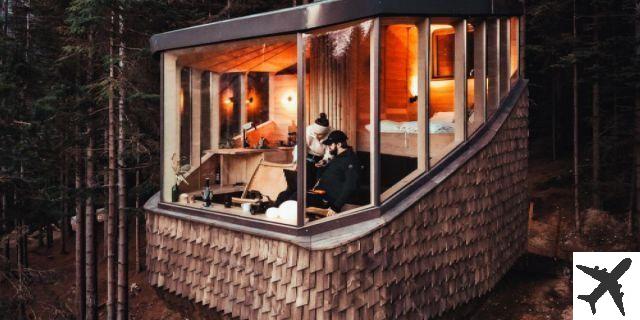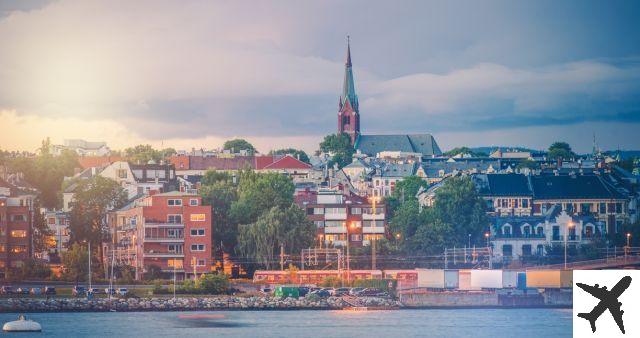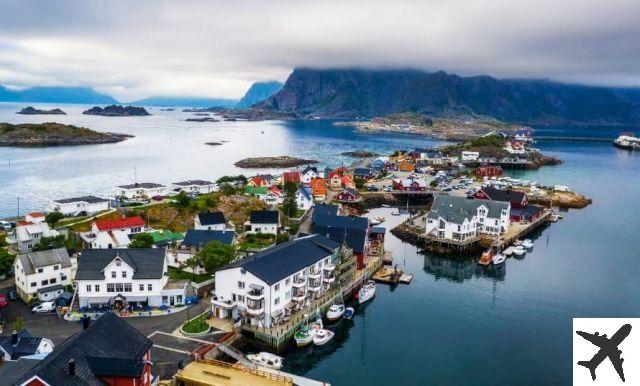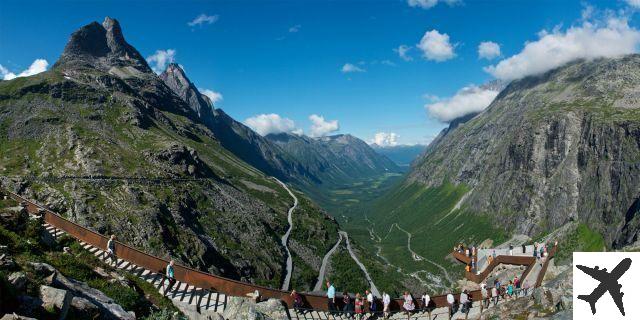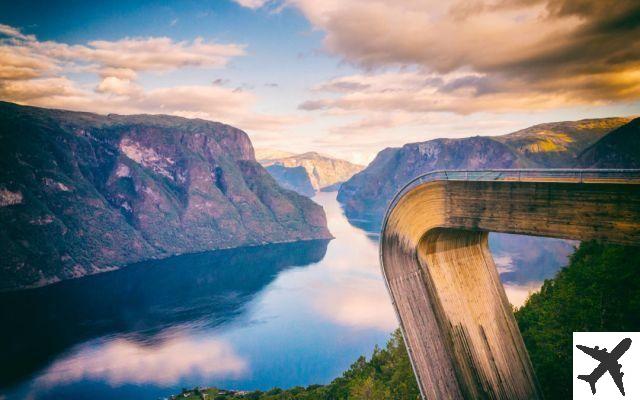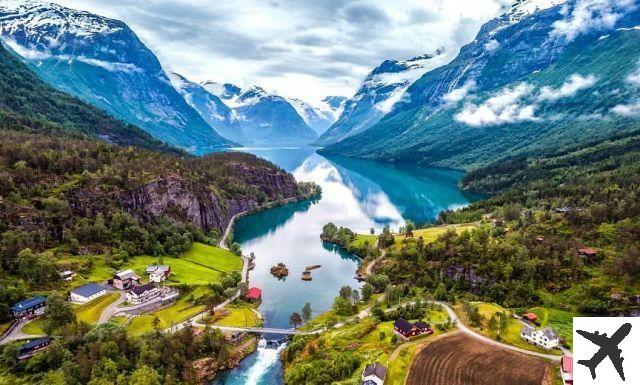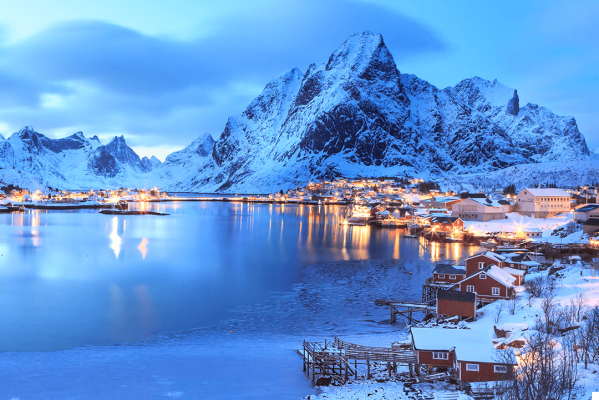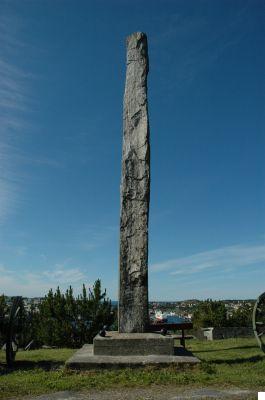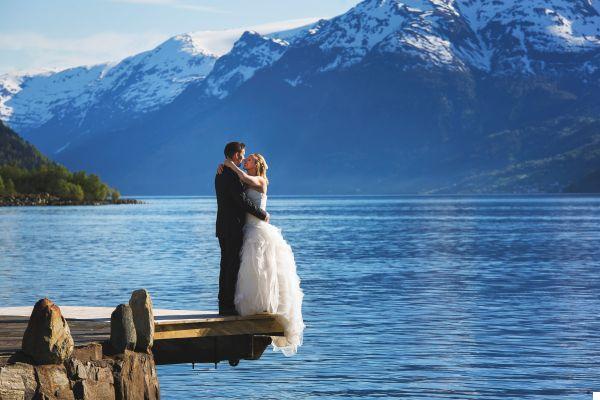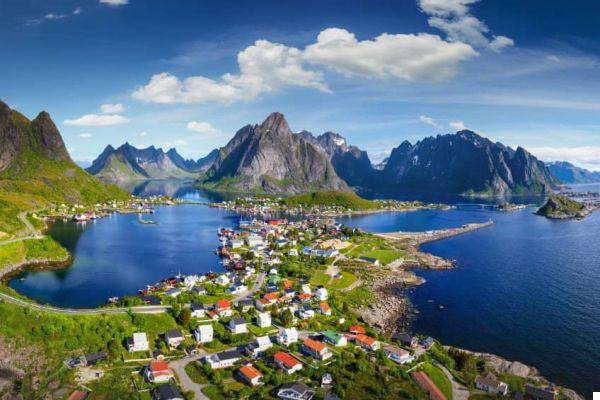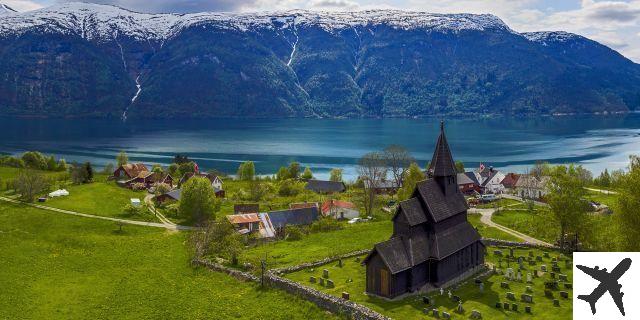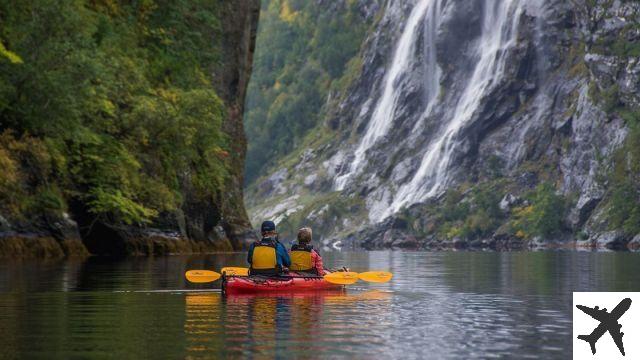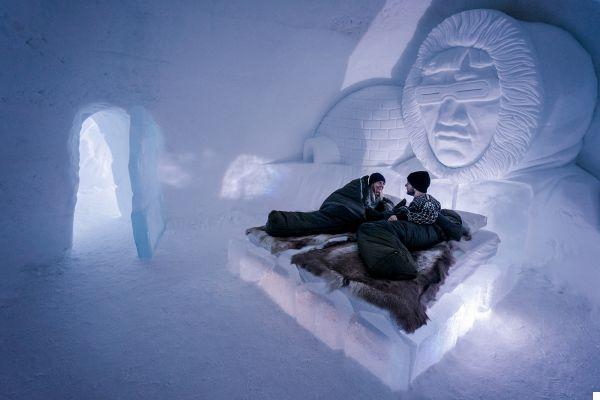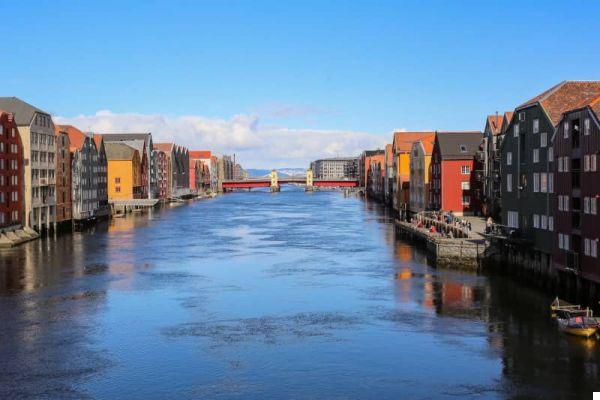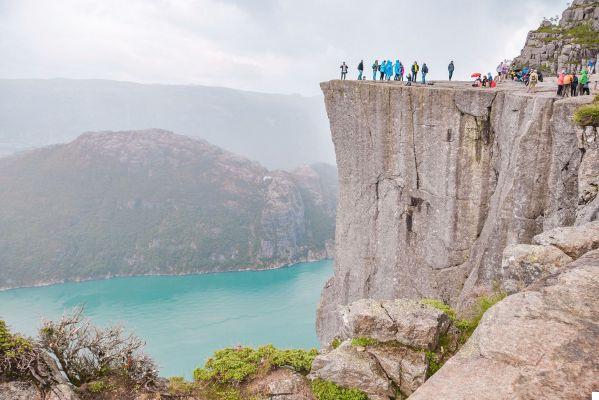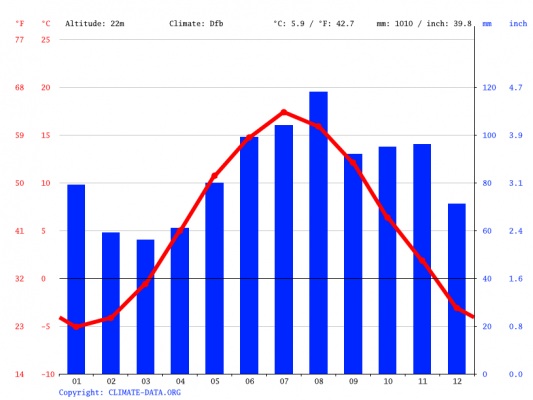
Introduction
Welcome to our article about climate and weather in Norway. In this article, we will provide detailed information about the climate and seasons of the year in the country, as well as short- and long-term predictions. We'll also answer frequently asked questions about the weather in specific cities like Alta and Oslo, and give advice on when to travel to the country based on the weather. Read on for all the information you need to plan your trip to Norway!
Climate and seasons in Norway
Norway has a varied climate due to its long length and geographical location. The country extends from the south, where the climate is milder, to the north, where the climate is colder and more polar. Norway experiences four distinct seasons: spring, summer, autumn and winter. Each season has its own climatic characteristics and tourist attractions.
Spring
Spring in Norway is a time of transition, with rising temperatures and longer days. In March and April, temperatures usually range between 0°C and 10°C, and in May they can reach 15°C. During spring, the landscape is filled with flowers and nature begins to awaken after winter. It is a good time to visit Norway if you like to enjoy the beauty of nature in its rebirth.
Summer
Summer in Norway is the most popular time to visit the country, as the temperatures are warmer and the days are longer. In June, July and August, temperatures can range between 15°C and 25°C, and can even exceed 30°C in some southern areas. During the summer, you can enjoy outdoor activities such as hiking, boating and fishing, and you can also experience the natural phenomenon of the midnight sun in northern Norway.
Fall
Autumn in Norway is a season of vibrant colors and cooler temperatures. In September and October, temperatures usually range between 5°C and 15°C, and in November they can drop to 0°C. During autumn, the forests are filled with golden and reddish tones, creating a stunning landscape. It is a good time to enjoy activities such as mushroom and berry picking, and also to witness the Northern Lights in northern Norway.
Winter
Winter in Norway is cold and snowy, especially in the north of the country. In December, January and February, temperatures can range between -10°C and 5°C, and in some northern areas they can reach -30°C. During the winter, you can enjoy activities such as skiing, snowboarding, and dog sledding. You can also witness the natural phenomenon of the polar night in northern Norway, where the sun does not rise for several days.
Climate and weather in specific cities
Below we will provide information about the climate and average weather throughout the year in two specific cities in Norway: Alta and Oslo.
High
Alta is a city located in the north of Norway, so it has a cold and polar climate. In winter, temperatures can reach -30°C, while in summer they can reach 20°C. The city experiences long periods of darkness in winter and long periods of light in summer due to its location near the Arctic Circle. If you plan to visit Alta, we recommend that you dress warmly in the winter and take advantage of outdoor activities in the summer.
Oslo
Oslo is the capital of Norway and has a milder climate compared to the north of the country. In winter, temperatures usually range between -5°C and 5°C, while in summer they can reach 25°C. The city experiences snowfall in winter and moderate rain in spring and autumn. If you visit Oslo, we recommend that you prepare for the changing weather and explore the many museums and cultural attractions that the city has to offer.
Norway weather map
If you are looking for a weather map in Norway, we recommend that you use reliable websites such as the Norwegian Meteorological Institute or mobile applications specialized in weather forecasts. These tools will provide you with up-to-date information on weather conditions across the country, including temperatures, precipitation, and winds.
Tips for traveling to Norway depending on the weather
If you are planning a trip to Norway and want to make the most of the weather, here are some useful tips:
Summer
If you prefer warmer temperatures and longer days, we recommend visiting Norway in summer. This is the ideal season to enjoy outdoor activities such as hiking, boating and fishing. You can also experience the phenomenon of the midnight sun in northern Norway, where the sun never sets completely during the summer.
Winter
If you are a winter sports lover and want to enjoy snow, skiing and snowboarding, we recommend that you visit Norway in winter. This is the perfect season to enjoy the ski slopes and snowy landscapes. You can also witness the polar night phenomenon in northern Norway, where the sun does not rise for several days.
Spring and fall
If you prefer to avoid the tourist crowds and enjoy stunning landscapes, we recommend visiting Norway in spring or autumn. These seasons offer milder temperatures and vibrant colors in nature. Additionally, you can witness the Northern Lights in northern Norway during the fall.
FAQs
1. What is the best time to see the Northern Lights in Norway?
The Northern Lights are an impressive natural phenomenon that can be witnessed in northern Norway. The best time to see the northern lights is during fall and winter, when the nights are longer and darker. However, the northern lights are a natural phenomenon and their appearance cannot be guaranteed. We recommend that you check weather forecasts and geomagnetic conditions before planning your trip to increase your chances of witnessing this unique spectacle.
2. What is the average temperature in Norway during summer?
The average temperature in Norway during summer varies by region. In the south of the country, temperatures can range between 15°C and 25°C, while in the north they can reach 20°C. However, it is important to note that the weather can be unpredictable and temperatures can vary. We recommend that you check the weather forecasts before your trip and prepare for different weather conditions.
Conclusion
In short, Norway offers a varied climate and beautiful landscapes all year round. From the flowers of spring to the midnight sun of summer, the colors of autumn and the snow of winter, each season has its own charm. If you are planning a trip to Norway, we recommend that you check the weather forecasts, prepare for different weather conditions, and choose the time of year that best suits your interests and preferred activities. We hope this article has been useful to you in planning your trip to Norway!
Until next time,
The fortravelovers.com team




